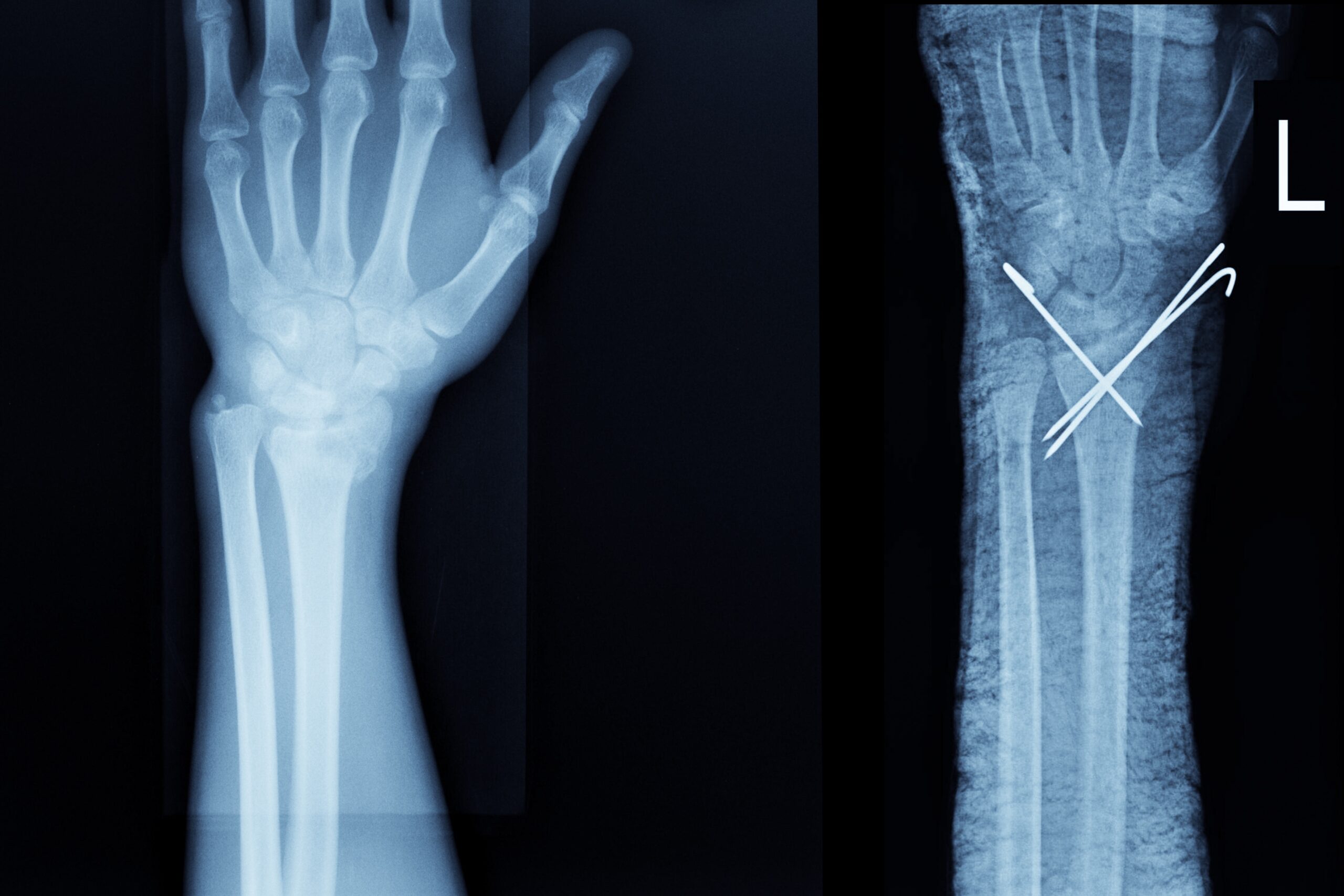Sustaining a broken wrist, commonly known as a distal radius fracture, can be a distressing and painful experience. The wrist, composed of eight delicate bones, is prone to fractures from accidents or injury during high-intensity activities. Fractures account for one-tenth of all broken bones in the United States.
When faced with a wrist fracture, seeking expert care and treatment is essential. At Regional Hand Center, we pride ourselves on offering top-notch medical services and compassionate care to patients in Fresno, CA, and Visalia, CA. Our experienced physicians, including Ricardo Avena, MD, FACS, Randi A. Galli, MD, FACS, and Ryan C. Stehr, MD, FACS, are dedicated to effectively diagnosing and healing your fracture.
What to Expect on The Journey to Recovery
Wrist fractures can vary in severity and type, and the recovery process differs for everyone. Nonetheless, you can expect casting, at-home care, and physical therapy during your recovery journey.
Splinting or Casting
Following the injury, you may need a splint to stabilize your wrist and reduce swelling for a few days. Afterwards, our expert doctors will likely put a cast on your wrist, which you will need to wear for 6–8 weeks. You will also need regular X-rays to monitor your progress, and a second cast may be necessary for complex fractures.
At-Home Care
Elevating your wrist above your heart can help alleviate pain and swelling during the initial days after the fracture. Icing the affected area in 15–30-minute sessions every two to three hours for the first few days can also be beneficial. You can use over-the-counter painkillers to manage pain but do not remove the splint while icing.
Physical Therapy
Hand physical therapy is also vital as you progress with healing. Our specialists recommend stretching and strengthening exercises to restore range of motion and improve function.
Surgery Considerations
While conservative healing methods such as splinting and casting help with most wrist fractures, severe and complex cases may require surgical intervention for you to make a full recovery. Our highly trained specialist, Peter G. Fitzgibbons, MD, an orthopedic trauma and hand surgery expert, will determine if surgery is necessary for your condition.
Surgical interventions may involve the insertion of screws, pins, plates, or other devices to hold the bones in place during healing.
You may need surgery if:
• A piece of bone has broken through the skin.
• Ligaments are torn along with the break.
• Multiple bones are broken.
• Bones have damaged blood vessels or nerves.
• The fracture extends into the wrist joint.
• The broken bone segments have shifted out of alignment.
Schedule a Consultation Today
Do not hesitate to seek professional medical attention if you suspect a wrist injury characterized by tenderness, bruising, sharp pain, swelling, or an apparent deformity. To schedule a consultation appointment, contact our Bethesda or Germantown, Maryland offices, or visit our website to fill out an online contact form. Let us help you get back on track to a healthy and active life.
Back to All Blogs